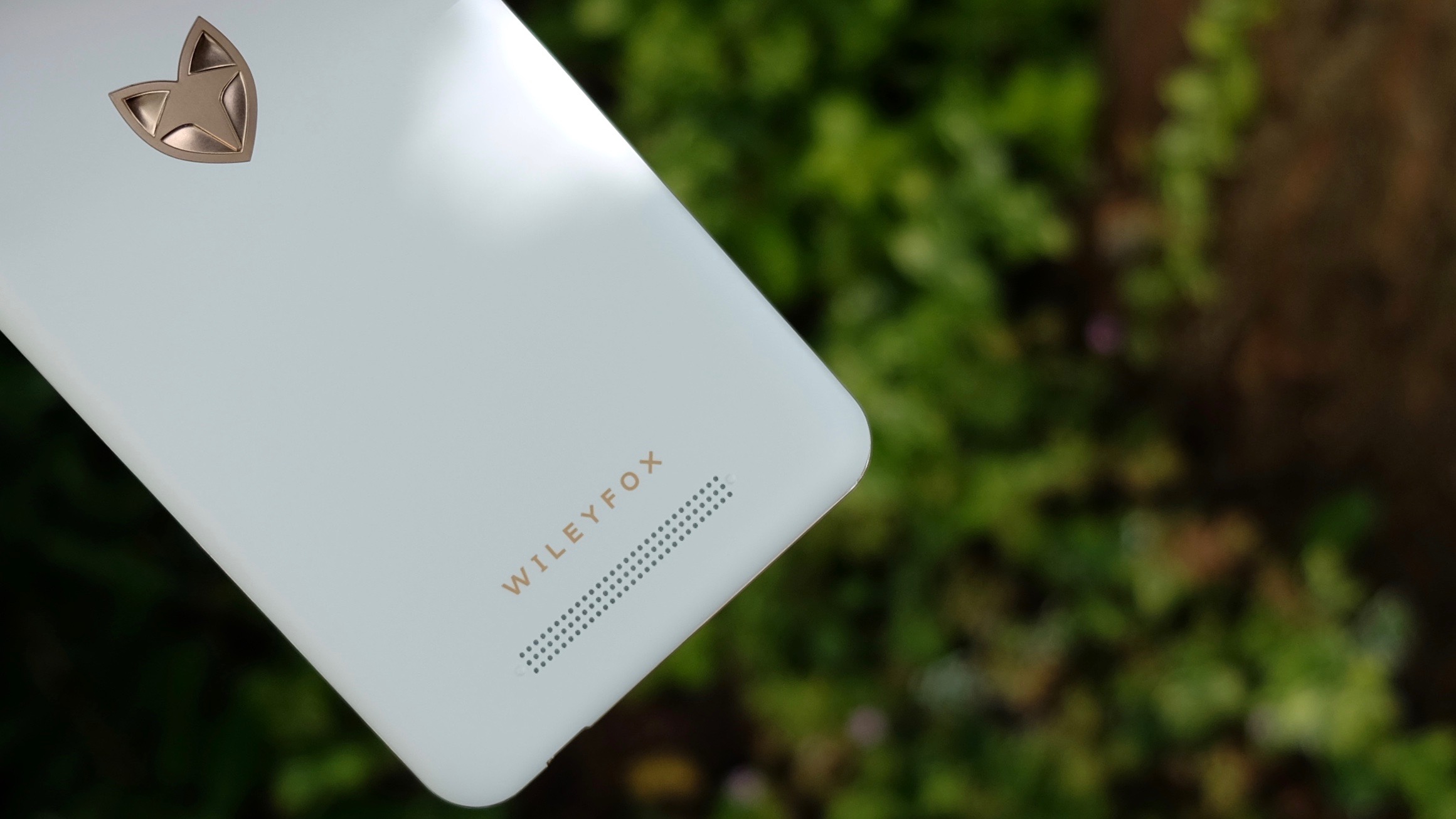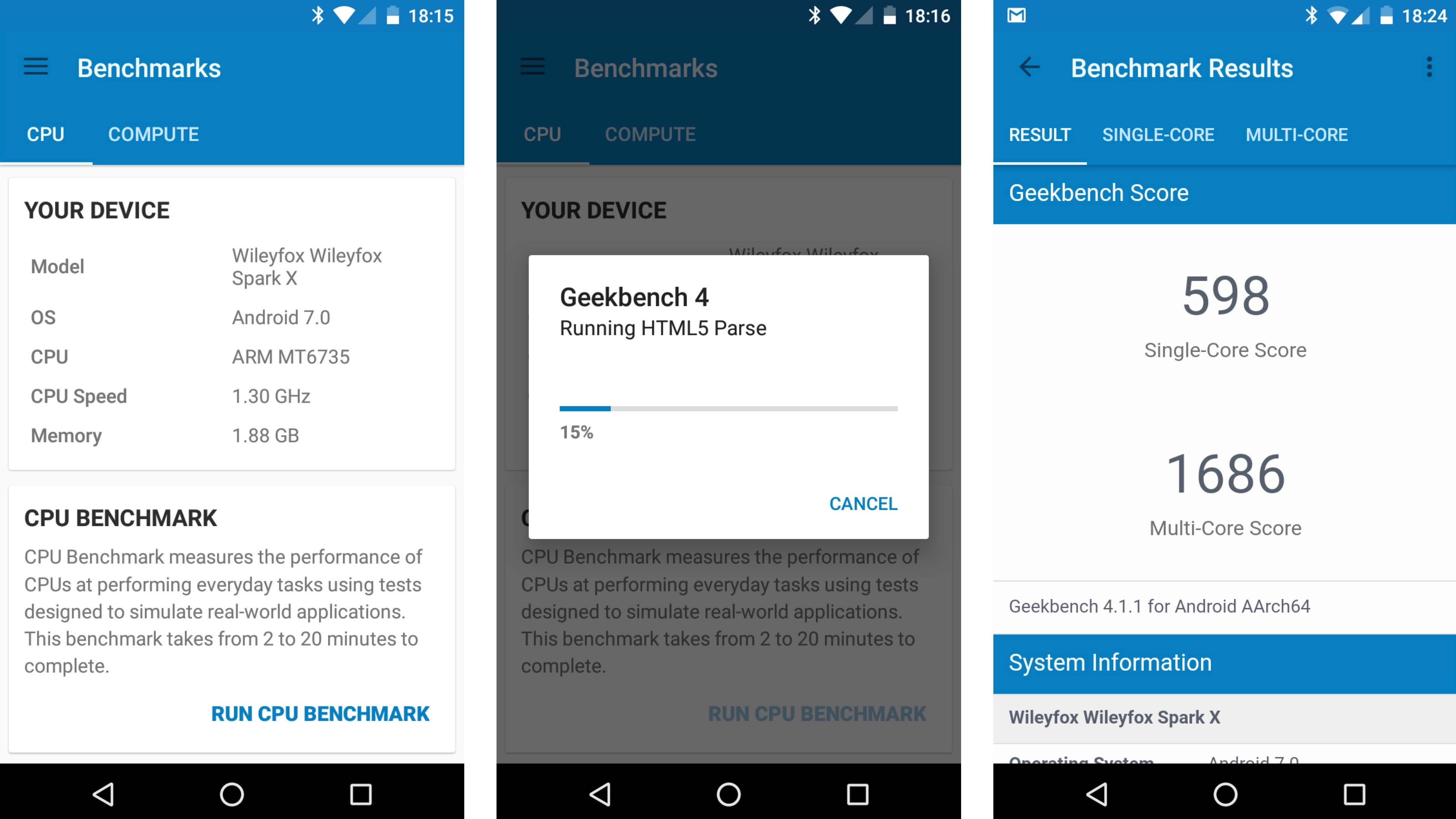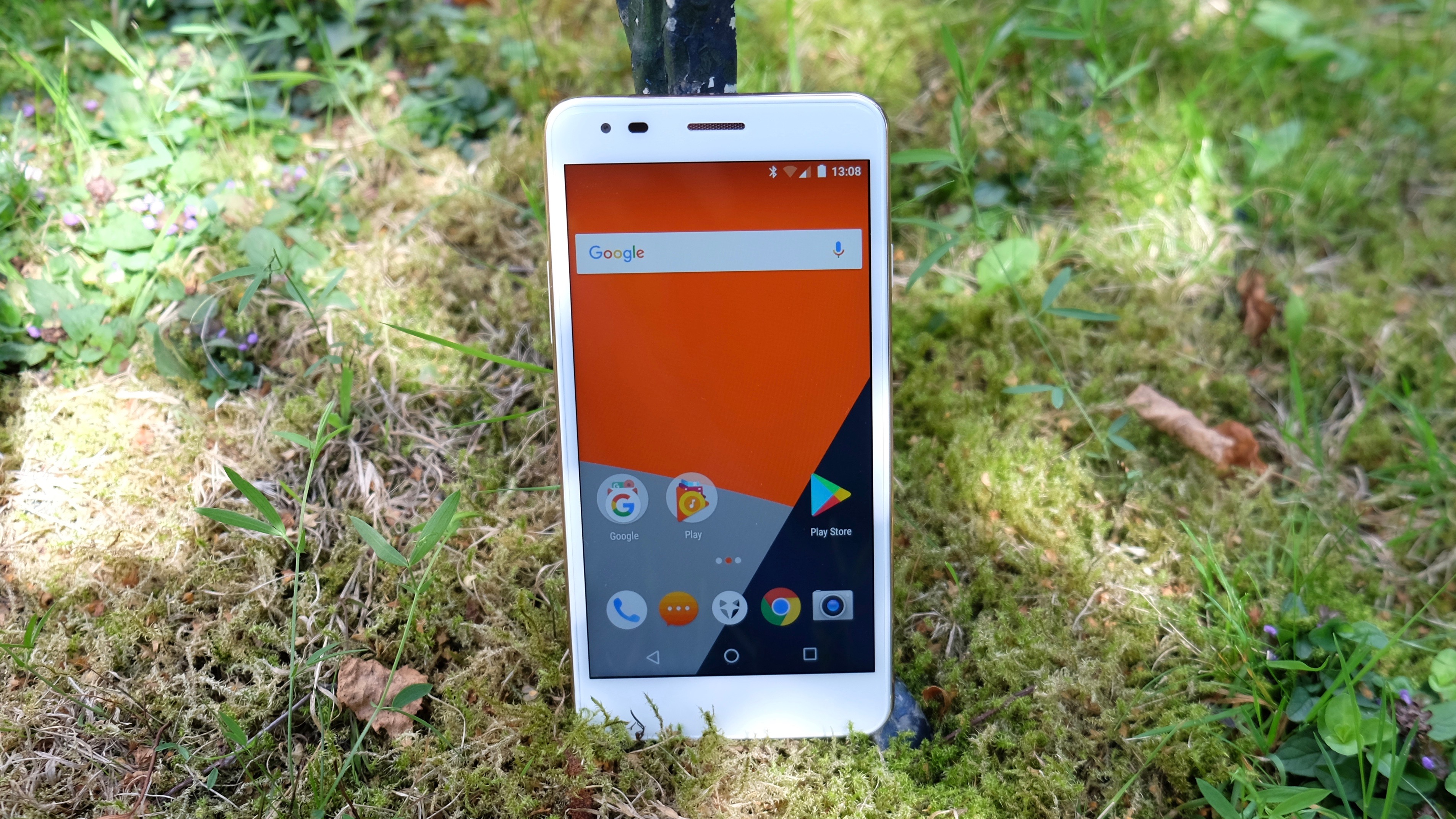Why you can trust TechRadar
Interface and reliability
- Stock Android 7.0 experience fluid enough
- Phone didn’t work
As we’ve already discussed, Wileyfox has recently been forced to change its approach to software with a lightweight reworking of Android 7.0 Nougat. While this generally leads to a reasonably fluid experience on the Wileyfox Spark X, it’s not without its issues.
There are few of the general performance problems that plagued the Wileyfox Spark, probably thanks to the larger phone having double the RAM (just like the Wileyfox Spark Plus). Moving through the home screens and menus is fairly stutter-free, and flipping between multiple open apps didn’t pose a problem.
The app tray clearly delineates individual apps along alphabetised lines, which will either annoy or please you depending on what you’re used to. On the one hand, you can spot individual apps easily. On the other, there’s a fair amount of extra scrolling and a lot of unused space.

Overall, this take on Android is much less open to customisation than CyanogenMod. But then, the phone’s budget price tag would suggest that most owners wouldn’t exploit such options anyway.
What they would likely appreciate is Wileyfox’s continued use of Truecaller, which matches incoming calls against a database of known spam callers and offers you the option to block them.

The basic Android experience that’s on offer here is just fine. It’s the Wileyfox Spark X’s basic operation as a phone that posed a problem.
During phone calls with the Spark X, the other caller was consistently unable to hear anything from our end. We could hear them just fine, but it was like we weren’t talking to them at all.
Just to be sure we tried two different SIM cards from two different UK networks, but we had the same issue with both.
To be clear, this wasn’t a hardware issue. The phone’s mic worked fine when we used the bundled Sound Recorder app for voice memos. This appears to have been an issue with the new, seemingly hastily cobbled together software.
Movies, music and gaming
- 720p display not ideal for media
- Tinny but unobstructed speaker
No one’s going to buy a Wileyfox Swift X and expect a media powerhouse, but we still expect a modern phone to be able to acquit itself well with movies, music, and games.
With movies, the phone’s bright 5.5-inch display holds up reasonably well. Everything’s easy to see. It’s not particularly sharp, though, thanks to that sub-optimal 720p resolution. This means that Full HD content - which is pretty standard across the likes of Netflix, Amazon Video and YouTube - won’t shine here.
When it comes to gaming, the Wileyfox Swift X is a mixed bag. That large and bright display makes it easy to play most games, but again it doesn’t offer the sharpest experience.

While the phone’s rear-mounted speaker is more than a little tinny, its position at least means that you don’t find yourself blocking it with your finger, which is a design flaw that a lot of supposedly premium phones suffer from.
Actual gaming performance is generally sound. Guns of Boom, Super Mario Run, Implosions and Gear.Club all ran fluidly enough to be playable.

Music playback is just fine here, though that tinny speaker means that the addition of a set of headphones (you don’t get any in the box) or a Bluetooth speaker is a must.
This being a stockish version of Android you get Google Play Music as your standard music app, and it’s one of the better examples out there whether you’re downloading MP3s, streaming from its subscription service, or even uploading and then streaming your own tracks.
With 16GB of storage as standard there isn’t an awful lot of headroom for media, but it’s a start. You can also add up to 32GB extra through the aforementioned microSD slot.
Performance and benchmarks
- Modest specs no improvement on previous Sparks
- You can get much better performance for similar money
The Wileyfox Spark X runs on exactly the same hardware as the Wileyfox Spark Plus, which equates to a 1.3GHz 64-bit quad-core MediaTek MT6735 CPU and 2GB of RAM.
That’s the very definition of a modest spec, which the resulting benchmarks reflect. A Geekbench 4 multi-core score of 1,685 places it on a par with its little brother.
However, it’s considerably slower than the Moto G5 (2,377) and the Wileyfox Swift 2 (2,545), both of which utilise the more capable Snapdragon 430 chipset.

General performance is perfectly fine without being outstanding, with few stutters in general navigation. Booting up the camera app does take a couple of seconds, though, which is always a sign that you’re dealing with low-end hardware.
As is bringing up content-rich websites like TechRadar, which will flick up with all of the appropriate images rapidly on a high-end phone like the OnePlus 5, but which takes seconds to finish loading here.
Current page: What's it like to use?
Prev Page Introduction, key features and design Next Page Battery life and camera